Publisher: Amy Marson Creative Director: Gailen Runge Art Director: Kristy Zacharias Editor: Liz Aneloski Technical Editors: Julie Waldman and Gailen Runge Cover Designers: Kristen Yenche and Kristy Zacharias Book Designer: April Mostek Production Coordinators: Jessica Jenkins, Jenny Davis, and Zinnia Heinzmann Production Editors: Alice Mace Nakanishi and Katie Van Amburg Illustrator: Mary E. Flynn DedicationFoolproof Crazy Quilting is dedicated to the memory of my late sister, Carol. Acknowledgments No man is an island is one of my favorite quotes. It goes without saying that human beings do not thrive when isolated from others. My book has come to fruition as a result of the people I share my life with: My husband, Vaughn, without whom I could not have written this book. Your patience with my computer illiteracy and your hours spent at the computer are invaluable to me.
Thank you! Thank you! Thank you! My children, Gareth and Ainslie, who have grown up with their mom sewing and have always taken an interest in the work I create, both critiquing and encouraging. My beloved parents, David and Penny, who have offered unconditional love, for each other and their children. My brother, Jonathan, who deserves a big thank-you for fine-tuning my ramblings. My late sister, Carol, who is looking down on me with pride and joy. Of that I am certain. My grandmother, who lovingly taught me how to knit, crochet, and sew.
The teachers who taught me in the beginning stages of my quilting journey, especially Dianne Sturgess, my first patchwork teacher, who became a lifelong friend. Rosalie Dace, who introduced me to crazy quilting. My friends, who encouraged me to write this book and continued the encouragement throughout the process. Last but not least, the women that I have been fortunate enough to teach. Together we have shared more than the stitch combinations and cups of tea. In closing, a big thank-you to the people at C&T Publishing, who believed I could do it! Introduction I was very fortunate to grow up in South Africa.
Her colors, landscapes, people, and many cultures formed an incredible backdrop to my childhood.  African art I had a wonderful grandmother who taught me how to knit, crochet, and sew. She took me to the Indian markets during a time in apartheid South Africa when it was taboo. The images of heaped spices, lovely saris, and shiny sequins have stayed with me all my life.
African art I had a wonderful grandmother who taught me how to knit, crochet, and sew. She took me to the Indian markets during a time in apartheid South Africa when it was taboo. The images of heaped spices, lovely saris, and shiny sequins have stayed with me all my life.  Indian-market influences I went to my first patchwork class with Dianne Sturgess in the 1980s, and I was hooked. A few years later, Rosalie Dace introduced me to crazy quilting.
Indian-market influences I went to my first patchwork class with Dianne Sturgess in the 1980s, and I was hooked. A few years later, Rosalie Dace introduced me to crazy quilting.
It was in crazy quilting that I found an outlet for my love of embroidery, color, and beading. The beadwork of the Zulu and the colors of the Indian communities in Natal have heavily influenced my work. 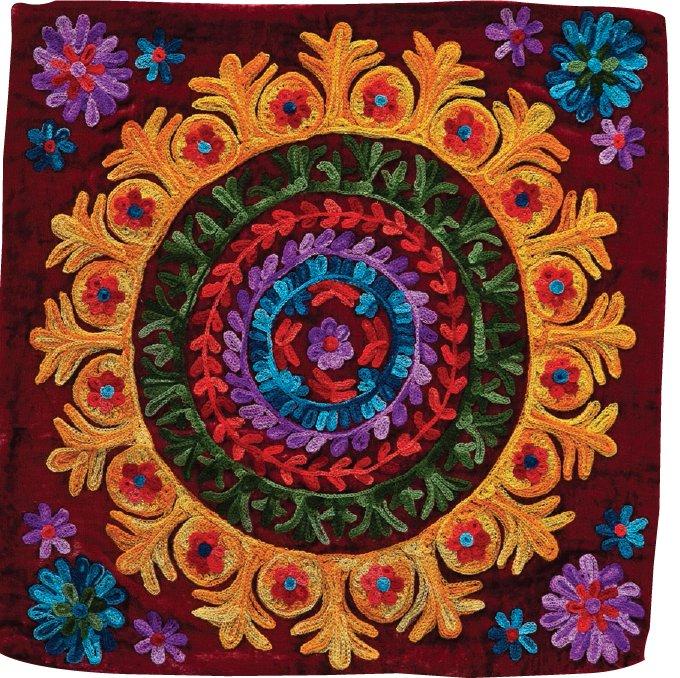 Indian embroidery
Indian embroidery 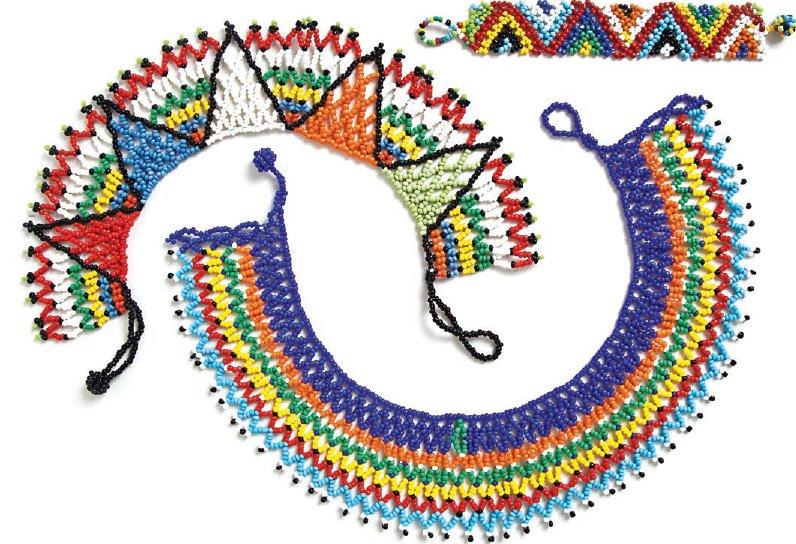 Zulu beadwork
Zulu beadwork 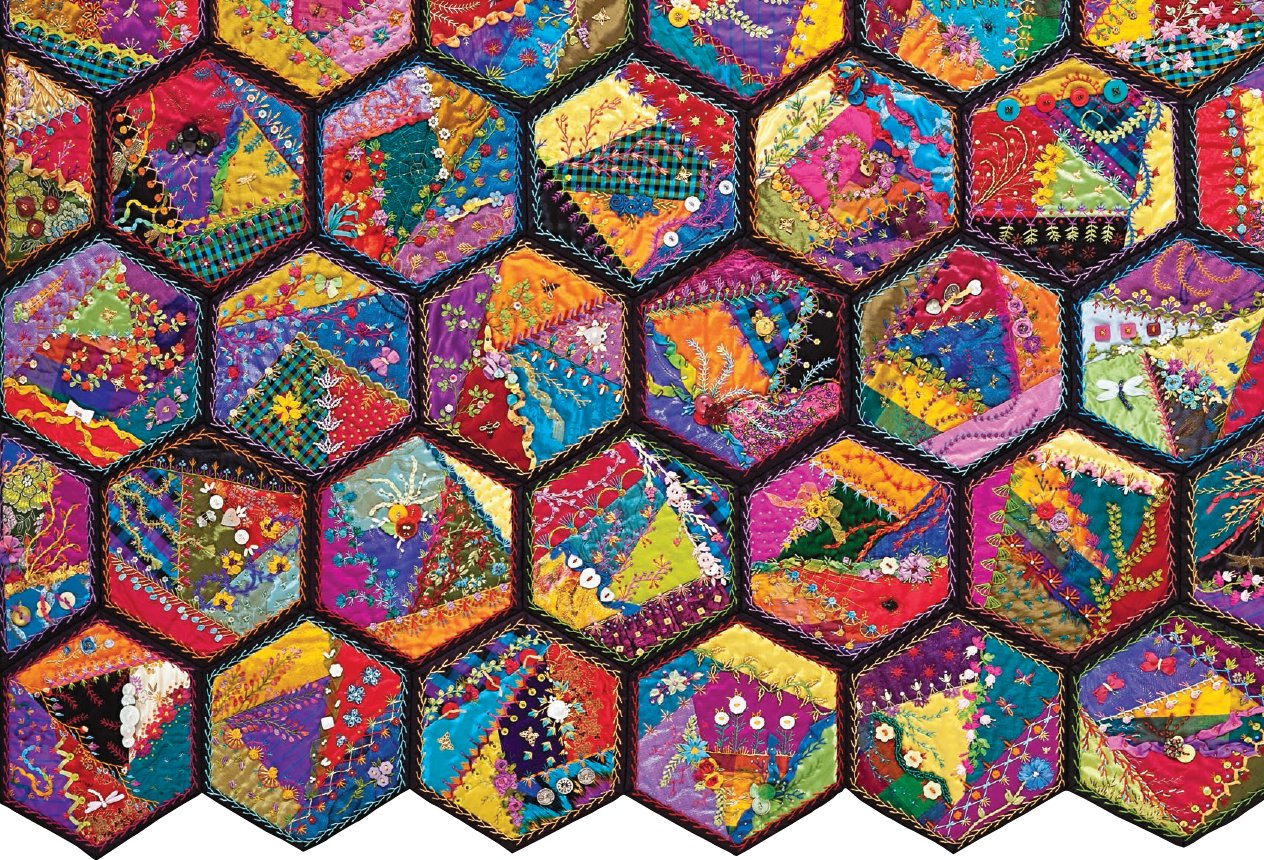 Crazy quilting is a gentle art that has given me years of pleasure and entertainment. I have taken the traditions of Victorian crazy quilting and fused them with my South African influences to create my own style of crazy quilting. We all have our own stitch fingerprint and our personal taste in color, fabrics, and style. A Brief History of Crazy Quilting Artwork reflects, and is influenced by, the world around us. A Brief History of Crazy Quilting Artwork reflects, and is influenced by, the world around us.
Crazy quilting is a gentle art that has given me years of pleasure and entertainment. I have taken the traditions of Victorian crazy quilting and fused them with my South African influences to create my own style of crazy quilting. We all have our own stitch fingerprint and our personal taste in color, fabrics, and style. A Brief History of Crazy Quilting Artwork reflects, and is influenced by, the world around us. A Brief History of Crazy Quilting Artwork reflects, and is influenced by, the world around us.
Todays crazy quilting is influenced by the highly embroidered and embellished style of patchwork that reached its peak toward the end of the Victorian era. The late nineteenth century was a time of great change. Queen Victoria was an avid believer in embracing the New World. England was being exposed to new cultures and people. Never-before-seen fabrics, spices, food, fauna, and flora were the new status symbols. It was a sign of wealth and prosperity to be seen with all the trappings of the New World.
In addition, as the queen, and England, were coming out of their long period of mourning for their beloved Albert, dark and somber fashions in both clothing and interior decorating made way for color. The Industrial Revolution, too, was in full swing. A lot of money was being made, and a new class was emergingthe nouveau riche. The wealthy Victorian woman, however, was largely thought of as little more than a decoration on the arm of her husband. She was educated only to a point of basic reading and writing. As a show of wealth and refinement, she would have housekeepers, cooks, butlers, housemaids, gardeners, and nannies at her beck and call, yet little or no say in her own life or aspirations.
One of the skills she was expected to excel in, as this too was a symbol of refinement and status, was needlework. More than a status symbol, though, needlework came to be an avenue for women to express themselves in a dramatic way. The skills learned while creating structured and precise samplers were now showcased in vividly colored and embellished quilts. The luscious new fabrics from the East and a variety of threads, trinkets, bold colors, and keepsakes were now being incorporated into womens previously demure needlework. The initial view of this new garish or crazy work was soon to change. A crazy quilt, holding pride of place, draped over the grand piano in the main room, was now a symbol of wealth and status, indicating a life of luxuryfor surely to produce work of such magnitude must take an enormous amount of time, which only the wealthiest women would have at their disposal.
The crazy quilt star shone brightly for only a short period of time. Toward the end of the nineteenth century, life and attitudes were changing. Within a couple of decades women would be allowed to vote, skirts would become shorter, and women would want more from their lives. By 1914 the world would be plunged into war and would never be the same. By the end of the 1920s, the crazy quilt fad had faded. Today, though, crazy quilting is enjoying a resurgence in popularity.
With a plentitude of threads, fabrics, beads, and trims at our disposal, the crazy quilts of today have taken on a more contemporary look. While crazy quilting is time consuming and, in some respects, a little indulgent, it is a perfect way to find calm in our busy lives. Choosing Fabrics and Foundation Piecing Choosing Fabrics Victorian women used a large variety of fabrics in crazy quilts: brocades, silks, satins, fine woolens, taffetas. The colors reflected the fashions of the time. Likewise, your choice of fabric will reflect what you have on hand. I encourage you to be brave with your choice of color and fabric typeuse any fabric that appeals to you.
There are some fabric types that may be a challenge to use, but if you love them, there are ways you can make them work. A few things to remember when choosing fabrics: Embroidery and embellishing is what you want to showcase, so it is important to use highly patterned fabrics sparingly. 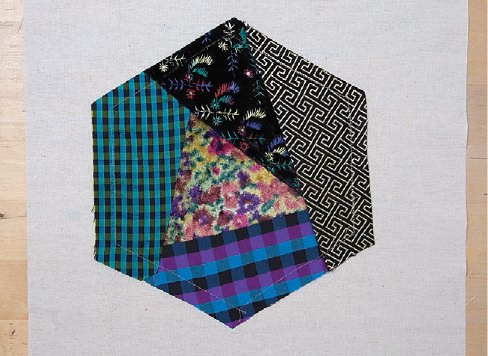 Too many patterned fabrics Try to incorporate a large variety of fabric textures. Do not mix muddy colors with clear colors. Use only one genre of fabricif you are using modern fresh fabrics, use them throughout the project. If there is one color that stands out too much, make sure to include that color in the embroidery threads and embellishments, thereby diluting it.
Too many patterned fabrics Try to incorporate a large variety of fabric textures. Do not mix muddy colors with clear colors. Use only one genre of fabricif you are using modern fresh fabrics, use them throughout the project. If there is one color that stands out too much, make sure to include that color in the embroidery threads and embellishments, thereby diluting it.
Next page
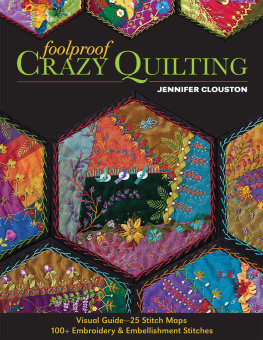
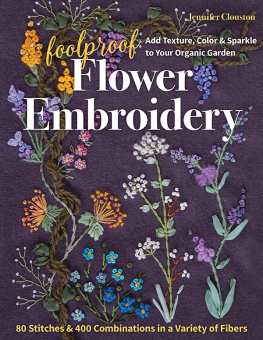
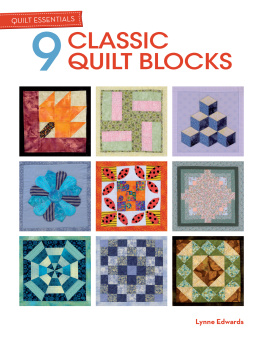

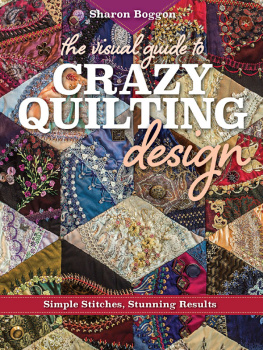
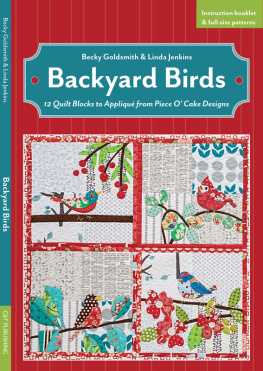

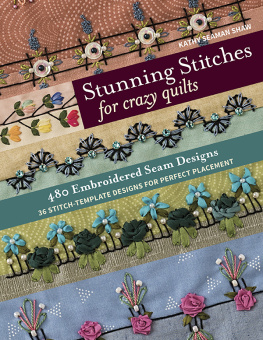
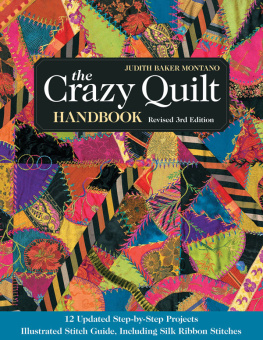
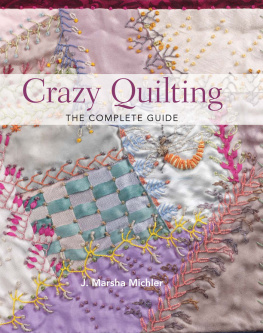
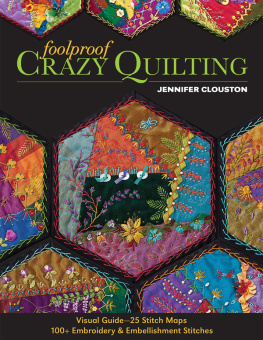

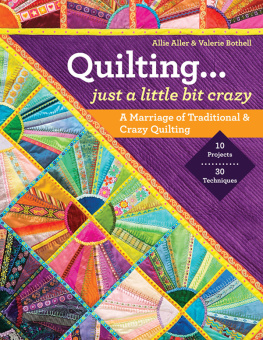
 African art I had a wonderful grandmother who taught me how to knit, crochet, and sew. She took me to the Indian markets during a time in apartheid South Africa when it was taboo. The images of heaped spices, lovely saris, and shiny sequins have stayed with me all my life.
African art I had a wonderful grandmother who taught me how to knit, crochet, and sew. She took me to the Indian markets during a time in apartheid South Africa when it was taboo. The images of heaped spices, lovely saris, and shiny sequins have stayed with me all my life.  Indian-market influences I went to my first patchwork class with Dianne Sturgess in the 1980s, and I was hooked. A few years later, Rosalie Dace introduced me to crazy quilting.
Indian-market influences I went to my first patchwork class with Dianne Sturgess in the 1980s, and I was hooked. A few years later, Rosalie Dace introduced me to crazy quilting. Indian embroidery
Indian embroidery  Zulu beadwork
Zulu beadwork  Crazy quilting is a gentle art that has given me years of pleasure and entertainment. I have taken the traditions of Victorian crazy quilting and fused them with my South African influences to create my own style of crazy quilting. We all have our own stitch fingerprint and our personal taste in color, fabrics, and style. A Brief History of Crazy Quilting Artwork reflects, and is influenced by, the world around us. A Brief History of Crazy Quilting Artwork reflects, and is influenced by, the world around us.
Crazy quilting is a gentle art that has given me years of pleasure and entertainment. I have taken the traditions of Victorian crazy quilting and fused them with my South African influences to create my own style of crazy quilting. We all have our own stitch fingerprint and our personal taste in color, fabrics, and style. A Brief History of Crazy Quilting Artwork reflects, and is influenced by, the world around us. A Brief History of Crazy Quilting Artwork reflects, and is influenced by, the world around us. Too many patterned fabrics Try to incorporate a large variety of fabric textures. Do not mix muddy colors with clear colors. Use only one genre of fabricif you are using modern fresh fabrics, use them throughout the project. If there is one color that stands out too much, make sure to include that color in the embroidery threads and embellishments, thereby diluting it.
Too many patterned fabrics Try to incorporate a large variety of fabric textures. Do not mix muddy colors with clear colors. Use only one genre of fabricif you are using modern fresh fabrics, use them throughout the project. If there is one color that stands out too much, make sure to include that color in the embroidery threads and embellishments, thereby diluting it.